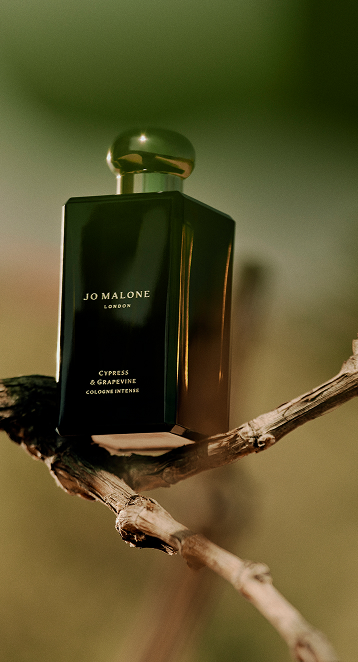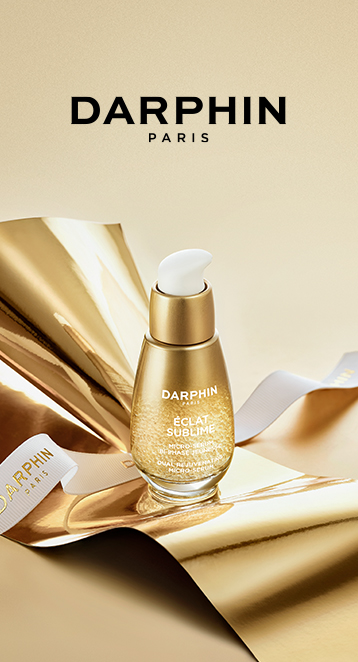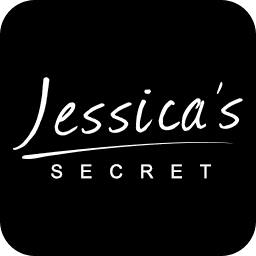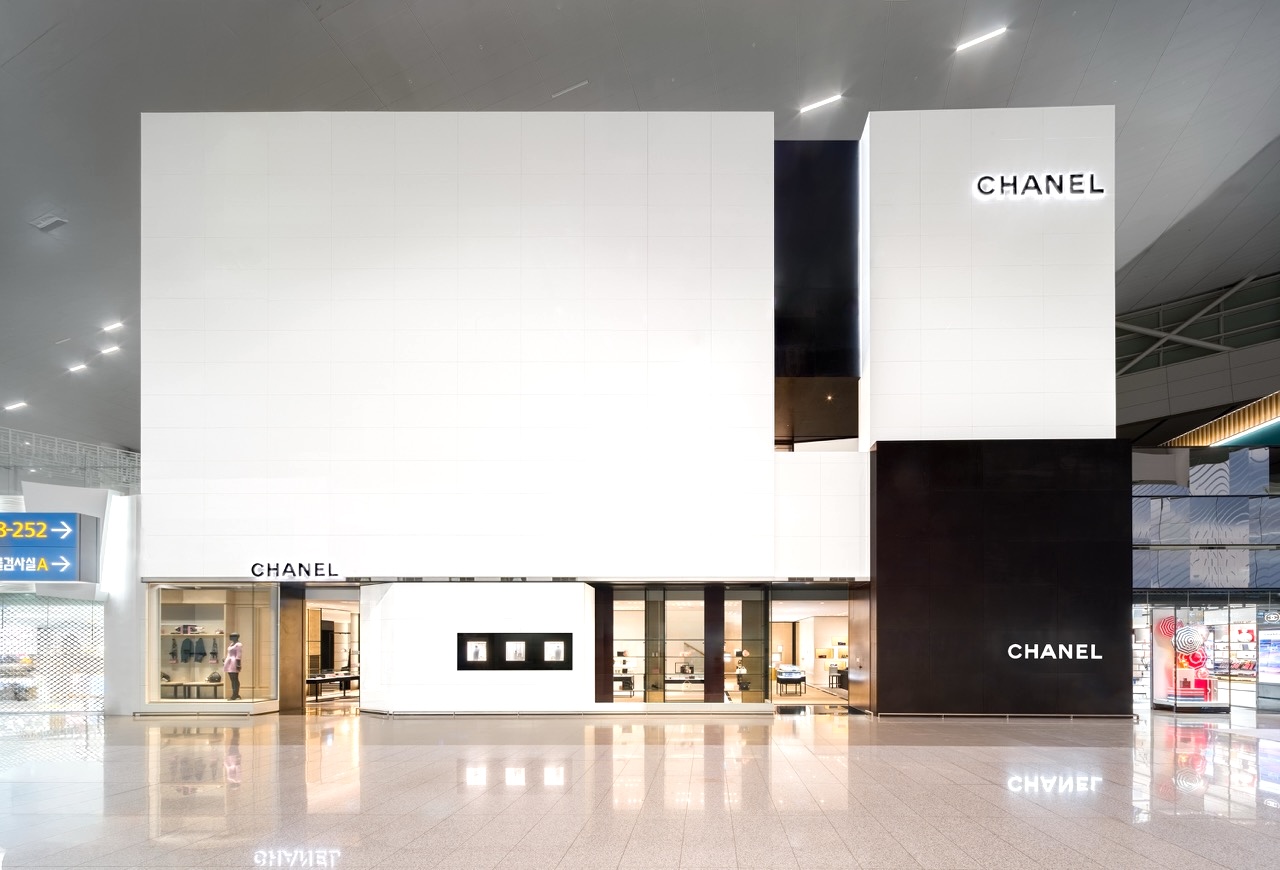FRANCE. L’Oréal Chief Executive Officer Lindsay Owen-Jones is to vacate the position next year after two decades of highly-successful leadership.
He will be replaced by fellow long-serving L’Oréal executive Jean-Paul Agon, currently President of L’Oréal USA, a post he has occupied since October 2001. The transition, announced early, is designed to ensure a smooth continuity of management at the French beauty giant.
Like Welshman Owen-Jones, the 48 year-old Agon has spent his entire career at L’Oréal. Owen-Jones will stay on as Non-Executive Chairman.
Owen-Jones said: “I am keen to organize a smooth and transparent transition of the Group’s management, reflecting the continuity of our results and our strategy. It is my duty to initiate this transition and to ensure its success. Jean-Paul Agon is the ideal candidate. He is a natural team leader and is endowed with great human qualities. His track record has been rich, diverse and unfailingly successful. He enjoys my full confidence”.
The news came amid a +10% rise in pre-tax profit for 2004, to €2.06 billion. Net profit climbed to €3.6 billion on sales up by +3.6% to €14.5 billion.
Owen-Jones therefore will sign off with a perfect 20-year record of double-digit growth in pretax profits.
“Agon’s challenge will be to have a vision and to execute as well as Owen-Jones did,” Emmanuel Bruley des Varannes, an analyst at SG Securities, told the Wall St Journal. “The market is consolidating, and competitors are becoming more professional.”
Discussing 2004 results, Owen-Jones highlighted L’Oréal +6.3% growth in cosmetics sales (on a like-for-like basis). He said rival Proctor & Gamble’s planned acquisition of Gillette would take the US company “further away from the high added value which is where L’Oréal is.”
Owen-Jones highlighted the buoyancy of emerging markets such as China and India, where he said consumers had “shown an incredible acceptance of our brands.” Last year, revenue in Asia rose +19%.
East Europe, too, was buoyant. However, the mature Western Europe remained difficult, posting just a +1.3% rise.
Regional performance highlights
L’Oréal results by division and region for year ended December 2004 | |||
€ M | GROWTH | ||
LIKE-FOR-LIKE | PUBLISHED FIGURES | ||
| BY OPERATIONAL DIVISION | |||
| Professional Products | 1,998 | +7.6% | +5.2% |
| Consumer Products | 7,754 | +5.8% | +3.3% |
| Luxury Products | 3,520 | +5.2% | +2.3% |
| Active Cosmetics | 852 | +15.0% | +3.8% |
| COSMETICS TOTAL | 14,220 | +6.3% | +3.8% |
| BY GEOGRAPHIC ZONE | |||
| Western Europe | 7,313 | +1.1% | +1.3% |
| North America | 3,772 | +8.1% | -0.3% |
| Rest of world, of which: | 3,135 | +18.1% | +16.2% |
| Asia | 1,269 | +17.0% | +19.3% |
| Latin America | 724 | +16.2% | +7.0% |
| Eastern Europe | 524 | +29.3% | +27.3% |
| Other countries | 618 | +13.9% | +13.2% |
| COSMETICS TOTAL | 14,220 | +6.3% | +3.8% |
| Dermatology (1) | 293 | +1.8% | -4.3% |
| GROUP TOTAL | 14,534 | +6.2% | +3.6% |
| (1) Group share, i.e 50% | |||
In North America, like-for-like sales growth was +8.1% (-0.3%% reported), with each of the three divisions making substantial market share gains. In Consumer Products, Fructis by Garnier achieved a breakthrough, while L’Oréal Paris increased its sales, and Maybelline confirmed its position as number one in mass-market make-up.
The sales of Luxury Products were bolstered by strong growth from Kiehl’s and Lancôme, the success of the new Armani Cosmetics line and the successful launches of Ralph Lauren perfumes.
Sales in Western Europe increased by +1.1% like-for-like (+1.3% published), with good performances in Spain (+8.6%), the UK (+7%) and all the Scandinavian countries. With the success of its product launches, the Consumer Products Division has become number one in the facial skincare market in value terms, and increased its hair colourant market share by more than one percentage point.
Luxury Products sales trends, favourable in the UK and Spain, were however held back by stock reduction in the selective retail channel in France and Germany. Once again, Active Cosmetics made rapid progress, while winning market share, particularly in Germany.
The growth rate in the Rest of the World was once again very high at +18.1% like-for-like (+16.2% published).
Sales continued to increase quickly in Asia, with like-for-like growth of +17%. Sales in China almost doubled thanks to the effect of growth by existing brands and the Mininurse and Yue Sai acquisitions. Growth in the whole of the Chinese world increased rapidly, with like-for-like growth of +36% in Hong Kong and +22% in Taiwan. There were also strong increases in sales in Malaysia, Thailand and Singapore.
Sales in Latin America, which rose by +16.2% like-for-like, were supported by growth in all the group’s divisions, with increases of +12.6% in Mexico and +12.5% in Brazil. Sales in Argentina, up by +23% like-for-like, continued to recover.
In Eastern Europe, 2004 saw very rapid sales growth of +29.3% like-for-like, with figures of +42% for the Russian Federation and +18% for Poland. The Czech Republic posted like-for-like growth of +20%.
Sales in all the Other Countries combined grew strongly at +13.9% like-for-like. Performances in India (+46%), Australia (+14%) and Turkey (+26%) were outstanding.








